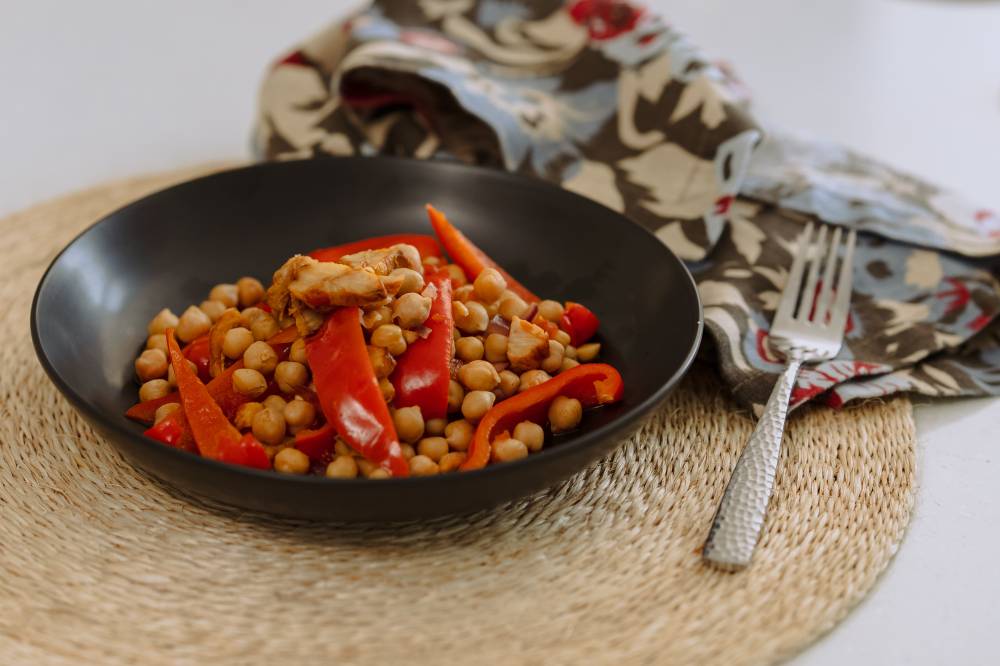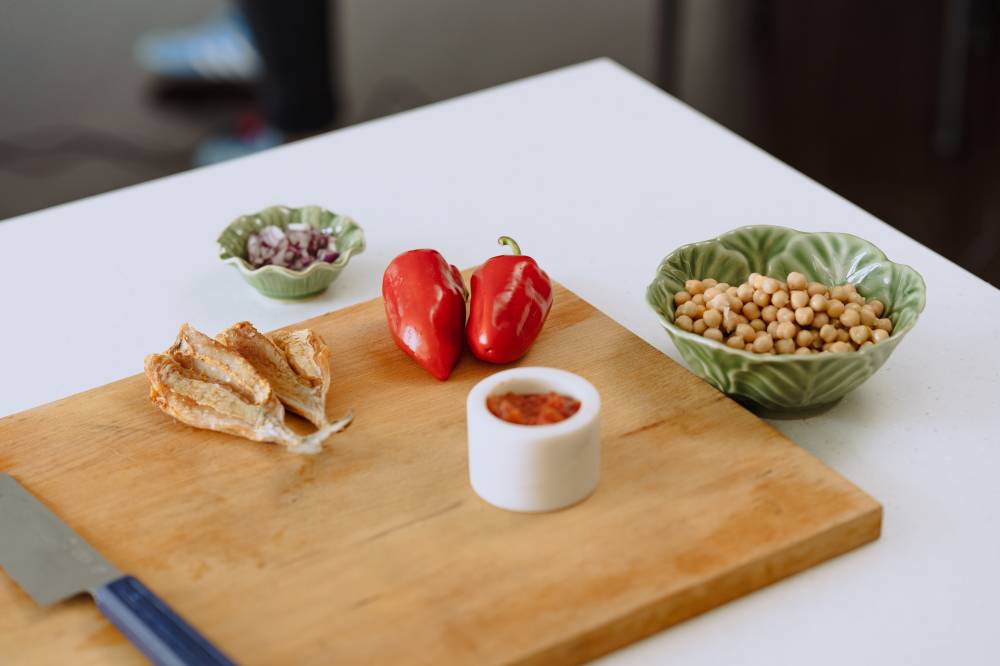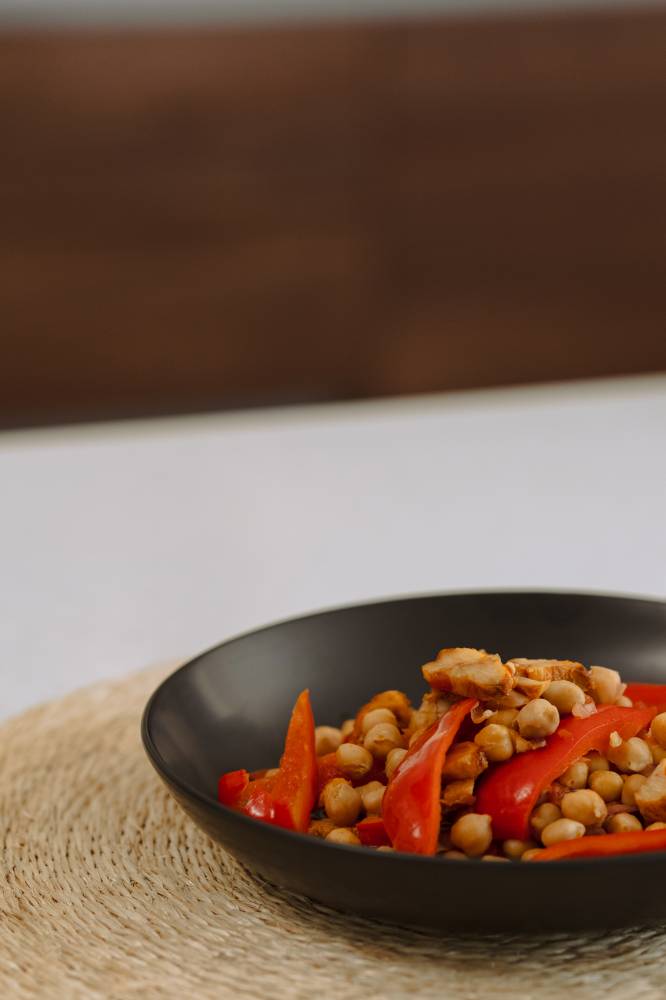Cooking with dried fish in the Philippines

Few aromas evoke the Filipino kitchen as powerfully as dried fish sizzling in hot oil. Banned in many condominiums and in the cabin of airplanes, dried fish is a staple of Filipino cooking. Dried fish goes by different names: daing, tuyo, or bulad, among others, with each region specializing in a particular kind of dried fish.
For overseas Filipinos, dried fish is a cultural memory; the smell of tuyo cooking is both a blessing and a challenge. The pungent odor of dried fish cooking is the smell of home. Packing dried fish into suitcases to bring abroad has become almost a ritual—a way to carry a piece of the Philippines wherever you go.
Simple in practice, bold in flavor
The Philippines, being an island nation, has always depended on the sea for sustenance. Before refrigeration, drying fish in the sun and salting it was one of the most practical ways to preserve the day’s catch. This ensured a steady supply of protein during lean months and made fish easy to transport from coastal areas to the inland towns.
Dried fish begins its life under the tropical sun. Fishermen clean the fresh catch, salt it generously, and lay it out on bamboo racks to dry. In many areas, such as Navotas in Metro Manila, fish is dried on the roofs of houses. The process is simple, but the result is a flavor that’s both bold and deeply satisfying. Because it keeps well without refrigeration, dried fish has been a reliable source of protein for centuries—especially in coastal towns where fishing is a way of life.
Dried fish has gotten a bad reputation for the health conscious, as the sodium content, paired with plain white rice, doesn’t seem like a healthy meal. However, most dried fishes yield approximately 15 to 20 grams of protein per 100 grams, if not salted excessively. Areas such as Cebu, even use saltwater to increase the saltiness of the dried fish.
And more recently, dried flying fish from off the coast of Mindoro has hit the local gourmet markets as a new source of sustainable protein.

A versatile ingredient in its own right
While fried dried fish is the most common preparation, Filipino cooks have long explored inventive ways to stretch its flavors. Dried fish is used in regional vegetable-based soups as the salting agent, as well as protein source in dishes such as bulanglang and laswa—similar dishes with a different name. Arroz caldo and pancit palabok are often topped with tinapa for a smoky flavor. A little hint of dried fish goes a long way to change the flavor of a meal.
Dried fish is affordable and accessible, making it an important protein source for many Filipino families. It is also rich in calcium, iodine, and essential amino acids. While it is high in sodium due to the salting process, its strong flavor often means people eat it in small amounts alongside rice and vegetables, which help balance the meal.
The Spanish dish bacalao makes use of salted cod, stewed with tomatoes, capers, olives and potatoes, and drizzled in rich olive oil. Cod is an expensive commodity, even by today’s standards and especially in the Philippines, where good quality salted cod can be pricey.
Nostalgic flavors, even for the pickiest eaters
When cooking, I like to really explore different flavors using accessible ingredients that can be found in the market or local grocery. The idea for bean bacalao came from my mom, who served this to my dad one day at Sunday lunch.
My dad is a pretty picky eater, who rarely likes to try new dishes. In a restaurant, he will choose a chicken or white fish (not salmon, ever) and always look for vanilla ice cream. At home, he loves to eat tuyo with rice and scrambled eggs. In a bid to diversify his diet, one day, my mom served him beans—cooked bacalao-style with dried labahita as the salting agent. Dried labahita has a very similar texture to dried cod, especially when all the bones are removed.
I decided to adapt the recipe my mom made and turn it into a protein-rich meal that could be cooked for many people in the communities I visit. In my recent OrmoKaon program, we served bean bacalao to hundreds of people, where we made use of local dried fish in Ormoc and paired with red beans.
This dish can be eaten with rice or converted into a pasta sauce by adding more tomato sauce. As cod is a naturally oily fish, and dried fish lacks oil, you have the option to add a drizzle of olive oil before serving the bean bacalao dish. This bean bacalao can even be kept in the freezer and used at a later time.
The flavors and aromas of this dish are sure to bring comfort (and good nutrition) to those who enjoy it.

Bean bacalao
Ingredients
1 tsp cooking oil
½ cup dried fish of choice, flaked
1 cup crushed tomatoes
1 tsp garlic
1 tsp onions
1 red bell pepper, cut into strips
1 tsp paprika
½ cup broth or water
2 cups cooked red beans
Drizzle of olive oil
Procedure
1. Heat up a pan. When hot, add the oil.
2. Add the dried fish, onions, tomatoes, and paprika, then sauté for two minutes until the onions are transparent.
3. Add the garlic and bell peppers.
4. Slowly add the broth or water and let the mixture simmer.
5. Add the cooked beans.
6. Turn the heat down and drizzle the olive oil.
7. Serve hot. Enjoy!

















